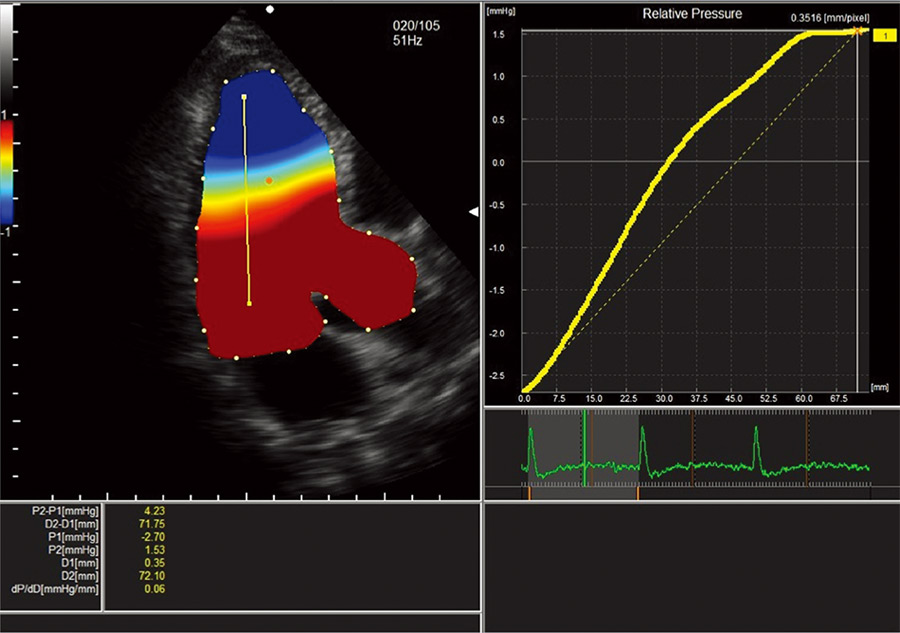1. Using IT to Increase Diagnostic Imaging Workflow Efficiency
Healthcare providers have recently been working on improving healthcare quality and efficiency through optimization done by making the steps of primary care, diagnosis, treatment, and prognosis flow seamlessly as a single workflow. The increasingly rapid growth of this trend is increasing the importance of integrating medical and other information for individual patients. Diagnostic imaging is one example of the shift toward optimization. The USA is planning to begin full-scale use of appropriate use criteria (AUC) for this area in 2020. The plan calls for healthcare providers to use clinical decision support systems for authorization before imaging, and attaching the results to justify the imaging and the reporting.
To handle the increased burden in healthcare providers resulting from this workflow change, Hitachi, Ltd.'s Healthcare Business Unit is integrating the diagnosis image reporting workflow technology of USA medical imaging software company VidiStar, LLC (acquired in January 2018) with its diagnostic imaging medical device and system technologies. They will provide comprehensive solutions centered around information integration spanning from imaging to reporting.
Anticipating the introduction of similar policies designed to improve healthcare quality and efficiency, Hitachi will continue to provide customization and other services tailored to local needs.







